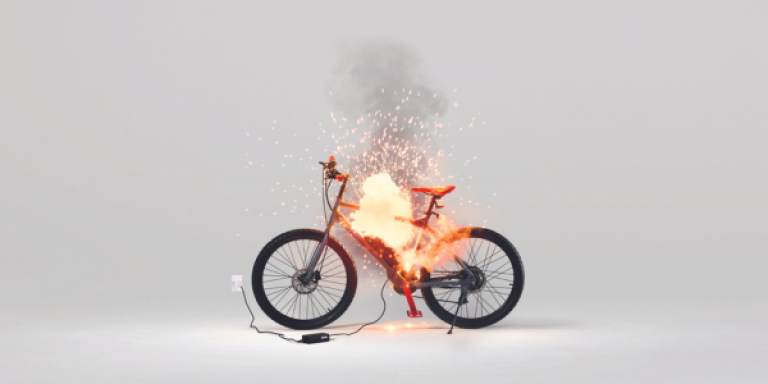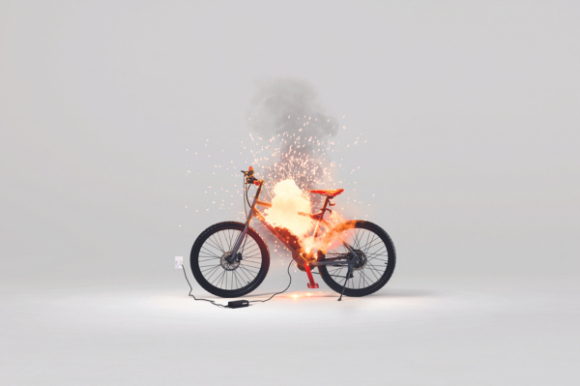Taking care of electronic devices and appliances
Chances are, you've got dozens of battery-powered devices and electrical appliances scattered around your home. Each of these devices carries a fire safety risk. Here are some tips for using appliances safely.














